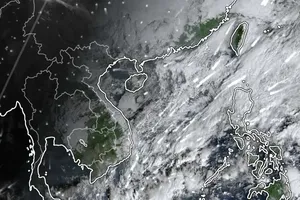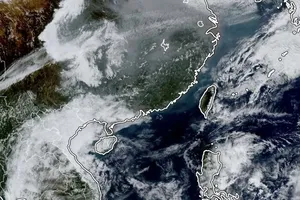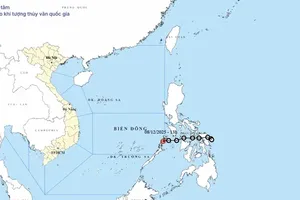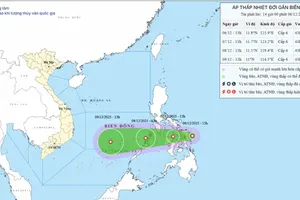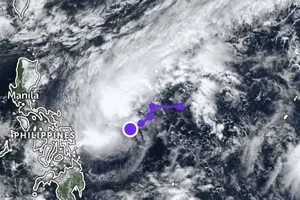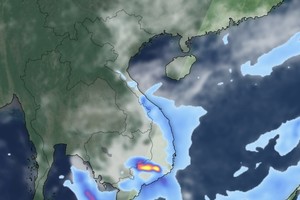According to the National Center for Hydrological and Meteorological Forecasting, the sea surface temperature biases over the central equatorial Pacific are in the range of -0.3 degrees Celsius, lower than the multi-year average.
The sea surface temperature will decrease but not lower than -0.5 degrees Celsius, the threshold for determining La Nina, showing that this phenomenon may occur but not strongly and not last long as in previous years.
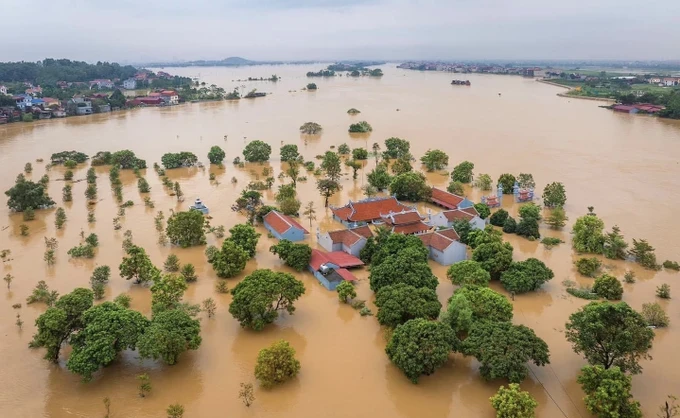
Vietnam's meteorological agency also stated that the number of storms and tropical depressions being active in the East Sea from December 2024 to February 2025 will approximate the multi-year average.
Of which, the number of storms making landfall is expected to be fewer, primarily in the Central region and Southern localities.
Although the number of storms does not increase, strong winds and huge waves will continue to affect activities at sea and coastal economic activities.
Heavy rains will continue to occur in the Mid-Central and South- Central regions in the second half of November and early December 2024. The rainy season in these areas may last later than previous years.
It is anticipated that the rainy season in the Central Highlands and Southern regions may last until the end of November while the rainy season in the Central Central and South-Central regions may end later at the end of December 2024.
Overall, La Nina arrives later and weaker than previous forecasts, but dangerous weather phenomena such as storms, heavy rains, strong winds, severe cold and damaging cold will still occur.
Therefore, authorities and residents should proactively prevent natural disasters, especially cold spells and heavy rains that can cause significant damage to agricultural production and human health.
According to the latest weather news from the National Center for Hydrological and Meteorological Forecasting, on the early morning of November 20, the tropical depression downgraded from typhoon Manyi has weakened into a low-pressure zone over the northwestern waters of the Paracel Islands.
At 7 a.m. on November 20, the low-pressure zone was located at around 17 degrees north latitude and 110.7 degrees east longitude, with the maximum wind speed at the center of the low-pressure zone below 39 kilometers per hour.
It is forecast that over the next 12 hours, this low-pressure zone will continue moving southwest, weakening and gradually dissipating at sea.


